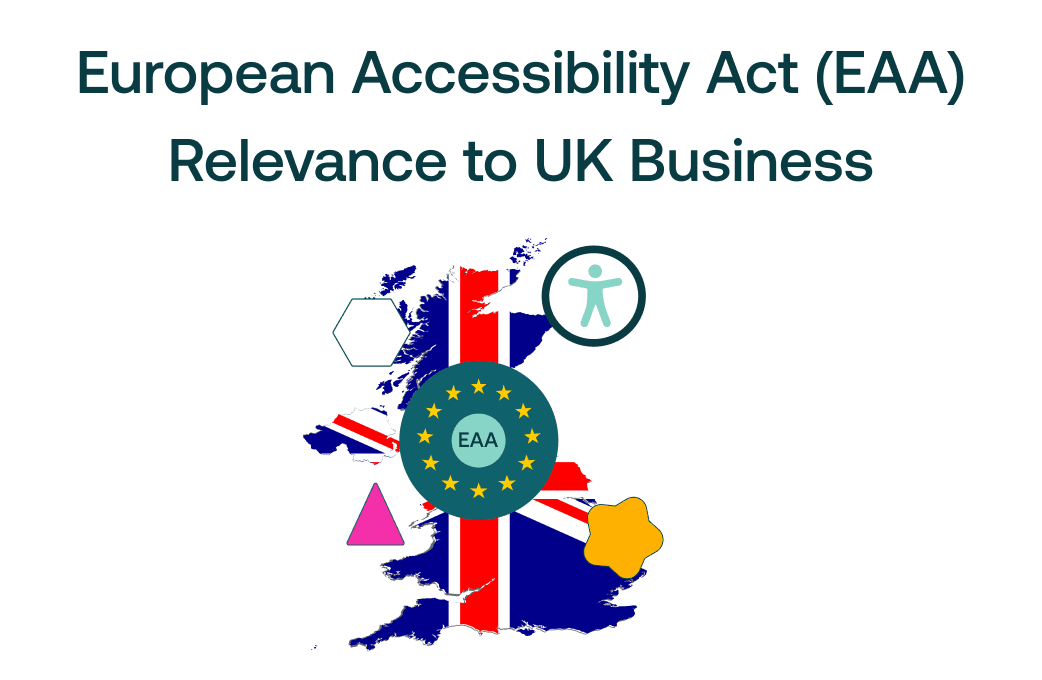What’s often missing is a clear explanation how it applies to UK businesses and what your organisation needs to do in order to achieve compliance. That’s exactly what we’re going to explain in this article.
Let’s start with an important statistic from the World Health Organization (WHO): over 1.3 billion people globally live with some form of disability. In Europe alone, this equates to approximately 87 million individuals. But, despite this significant statistic, digital pages remain inaccessible. The 2025 WebAIM Million report found that 96.3% of home pages still have detectable WCAG 2.1 failures.
EAA Background
There’s a clear rationale behind the EAA; it was created by the European Union to promote accessibility in digital services and reduce the barriers that millions of people with disabilities still face.
From the European Accessibility Act Directive (EU) 2019/882 own words: "The demand for accessible products and services is high and the number of persons with disabilities is projected to increase significantly. An environment where products and services are more accessible allows for a more inclusive society and facilitates independent living for persons with disabilities."
It officially came into effect on 28 June 2025, for all countries operating within the European Union. This doesn’t mean that it applies only to nations based in the EU, and we will explore that further down in this article.
The first step to understand if the European Accessibility Act applies to you in the UK is to check if your company provides any of the following products/services in Europe:
- E-commerce platforms
- Banking and financial services
- Transport services (including ticketing and travel information) -
- Telecommunications
- Media and entertainment
- E-book distributors
Before we move to exploring how the EAA works for UK-based businesses, an important fact is that non-compliance with its guidelines can result in legal actions or penalties. The specifics vary by jurisdiction, so it’s important to assess which national laws apply based on the countries where your digital product is offered or used. Analysing this will help determine how to prepare for the EAA.
In Germany, for example, there is a well-structured and formal approach to compliance, with clear expectations and dedicated bodies overseeing digital accessibility across sectors. Consumer groups, disability associations, and even competitors can trigger enforcement, with fines of up to €100,000 for non-compliance, according to the law firm TaylorWessing.
Italy, on the other hand, is in the process of strengthening its approach, and are incentivising companies to adjust to the Act gradually. According to TaylorWessing, Legislative Decree No. 82/2022 mirrors the EAA and works in coordination with the pre‑existing Stanca Law, overseen by AgID. Penalties can range from €5,000 to €40,000.
With the intention to embed accessibility into product development at an early stage, Sweden emphasises that focusing on inclusive design is something that needs to be started now. Sweden's Agency for Digital Government (DIGG) is responsible for implementing and overseeing accessibility early in digital service development to ensure compliance with the WCAG 2.1 AA standard.
If you’re looking for a full overview of the EAA's scope, timelines and obligations, see our EAA Compliance Guide.


